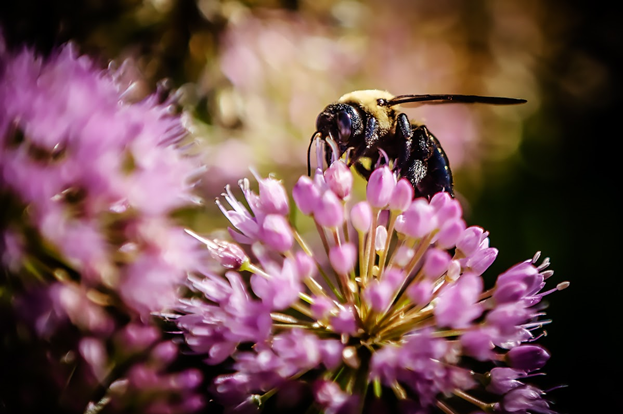Media Coverage of Pollinator Decline
Media Coverage of Pollinator Decline

The world’s insect biomass is quietly declining by an average of 1-2% every year. Populations of pollinating insects vital to the world’s food supply are in crisis. Underscoring the looming “Insect Apocalypse,” a Cline Center study published in the Proceedings of the National Academy of Sciences finds that declining populations of pollinating insects received little attention relative to climate change in U.S. news outlets, and hardly any attention in international wire services.
An interdisciplinary team consisting of Cline Center researchers and Professor May Berenbaum, the head of Entomology at the University of Illinois, used the Cline Center’s Global News Index to analyze nearly 25 million articles published by the New York Times, Washington Post, and four international wire services between 1977 and 2019. Of these millions of stories, less than a thousand mentioned pollinator population losses. By contrast, 166,734 stories mention climate change.
A more focused analysis of New York Times coverage revealed that although climate change stories now tend to be published in the front sections of the paper, stories mentioning pollinator populations tend to appear in less-visible sections. Since news agendas shape policy agendas, continued lack of journalistic attention will hinder efforts to protect these vital insects.
The paper is here: https://www.pnas.org/content/118/2/e2002552117
Replication data and code for the paper is here: https://databank.illinois.edu/datasets/IDB-4237085
